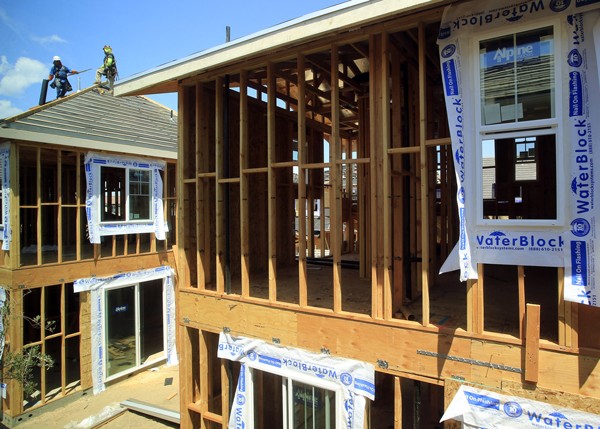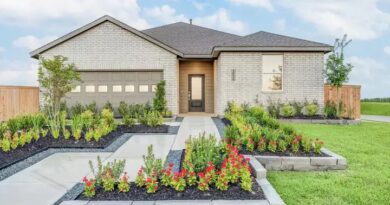State Agency Report: Vermont Needs at Least 24,000 New Homes
Vermont needs new housing units due to pandemic migration and rising demand.
According to VT Digger, Vermont would need to build between 24,000 and 36,000 new housing units to meet estimated demand over the next five years, according to the latest Vermont Housing Needs Assessment.
The new report, put together by the Vermont Housing Financing Agency for the Department of Housing and Community Development, shows that a combination of factors — including Covid-19 pandemic migration, aging housing stock and changing housing needs — have driven up demand.
At the same time, the supply of housing in Vermont remains tight. Only 2,300 new homes were permitted in 2022, far below the 5,000 to 7,000 per year that the report estimates will be necessary to meet demand.
Combined, the increased demand and limited supply have driven home costs sky high, lowered Vermont’s vacancy rate, blocked renters from buying homes, left homeowners stuck in poor-quality housing and played a role in rising homelessness.
The pandemic changed the trajectory of Vermont’s housing market, according to department Commissioner Alex Farrell. Vermont’s population has grown since then due solely to migration, according to census data cited in the report.
Between 2019 and 2023, the average purchase price for buyers of single-family homes rose by 38%, and the cost to buy manufactured homes rose 37%, the report said.
Renters are also struggling to afford housing: About half of Vermont renters spent more than 30% of their income on housing — the report’s “affordability threshold” — between 2018 and 2022. Also, one quarter of Vermont renters spent more than 50% of their income on housing.
Vermont also struggles with low-quality and aging housing stock. About 20,000 homes had housing quality concerns in 2022, the report said. The state’s 32,000 low-income homeowners, many of them 65 and older, are particularly at risk of not being able to afford home repairs or adapt their homes to meet their needs as they age.
“They are still in their five-bedroom home that they needed when they were raising a family,” Farrell said. “Now they’re 75 or 80 (years old). They don’t need that much space anymore, but it doesn’t make any sense for them to move.”
The report said there is a shortage of “service-enriched housing” for older Vermonters, along with Vermonters at risk of homelessness or recovering from substance use disorders.
Vermonters of color are also disproportionately affected by the housing crisis, according to the report. Black, Asian and Hispanic Vermonters were all less likely than white Vermonters to own their own homes.
Fixing Vermont’s housing crisis has been a priority for legislators and Gov. Phil Scott’s administration for years. In fact, the state spent $500 million of federal pandemic aid on housing initiatives, Farrell said.



